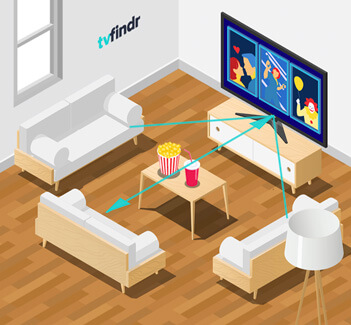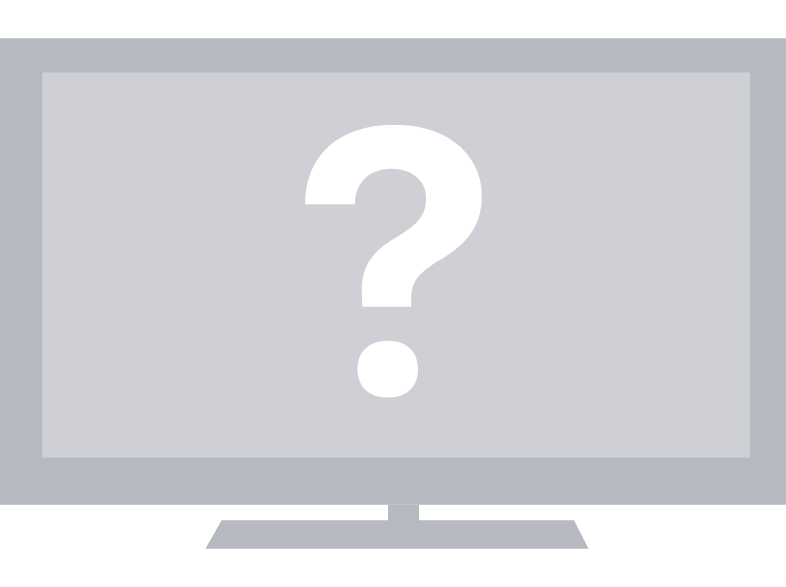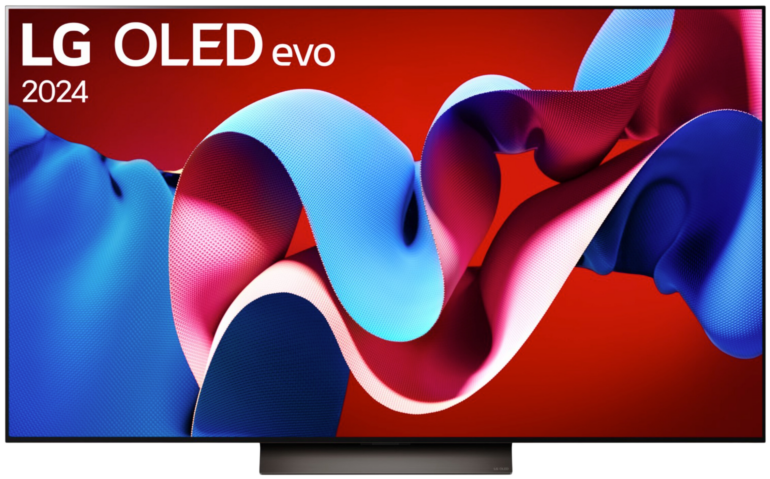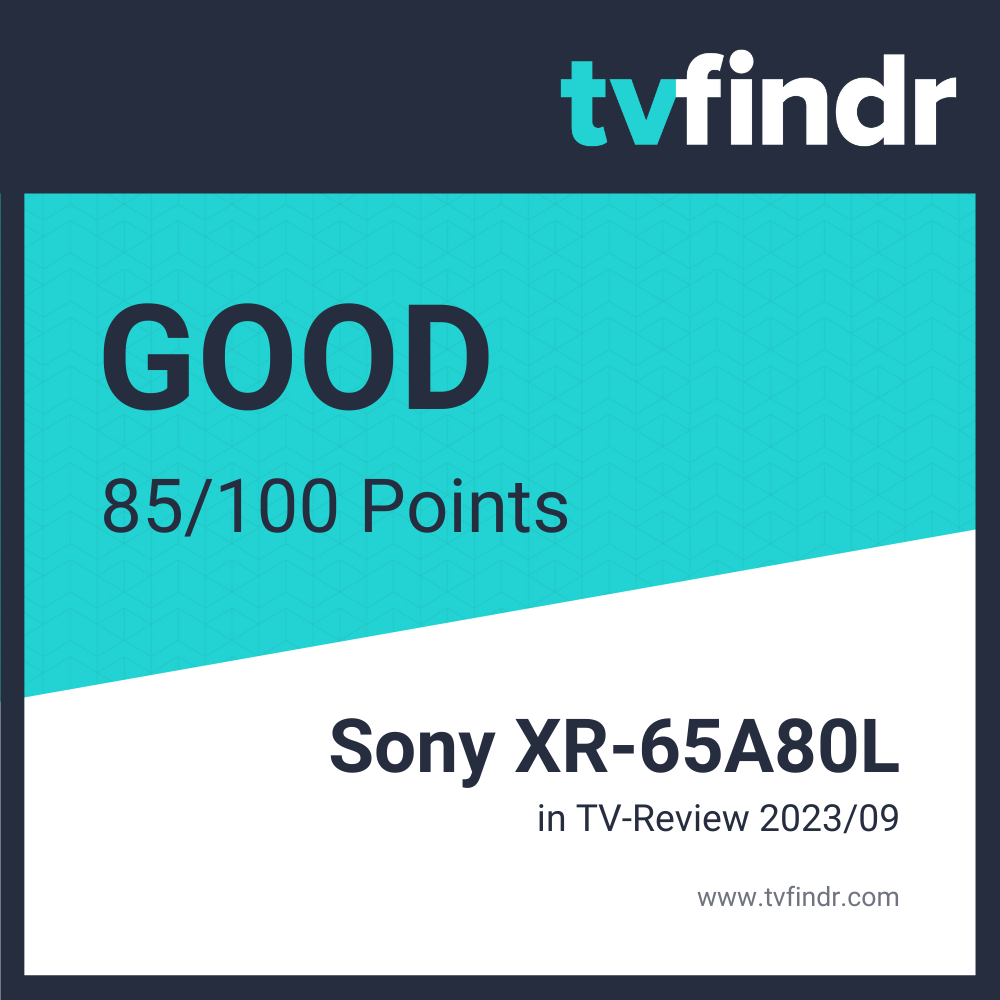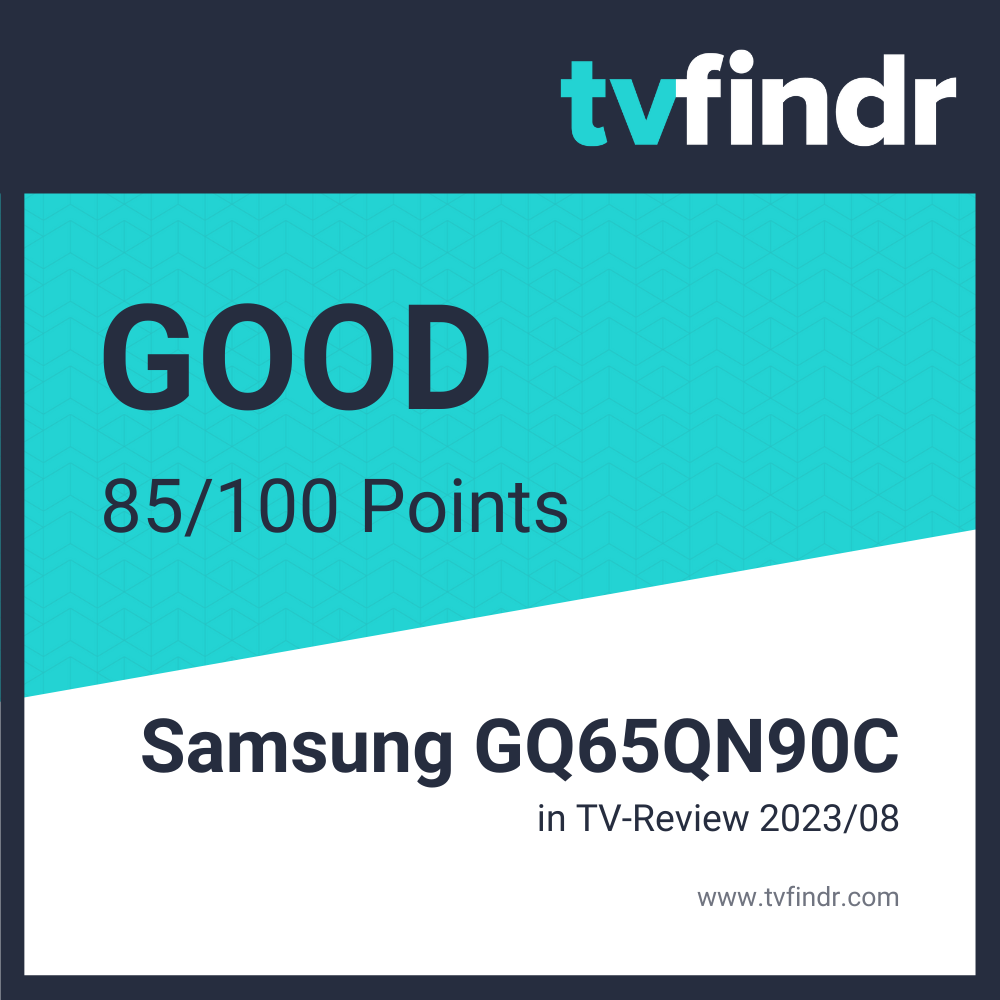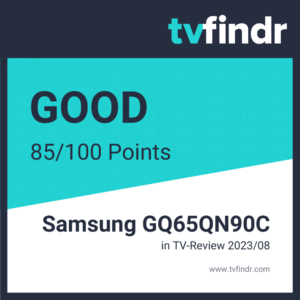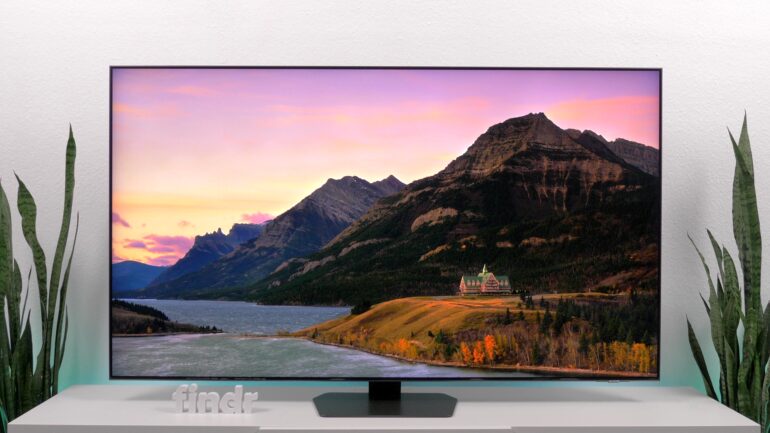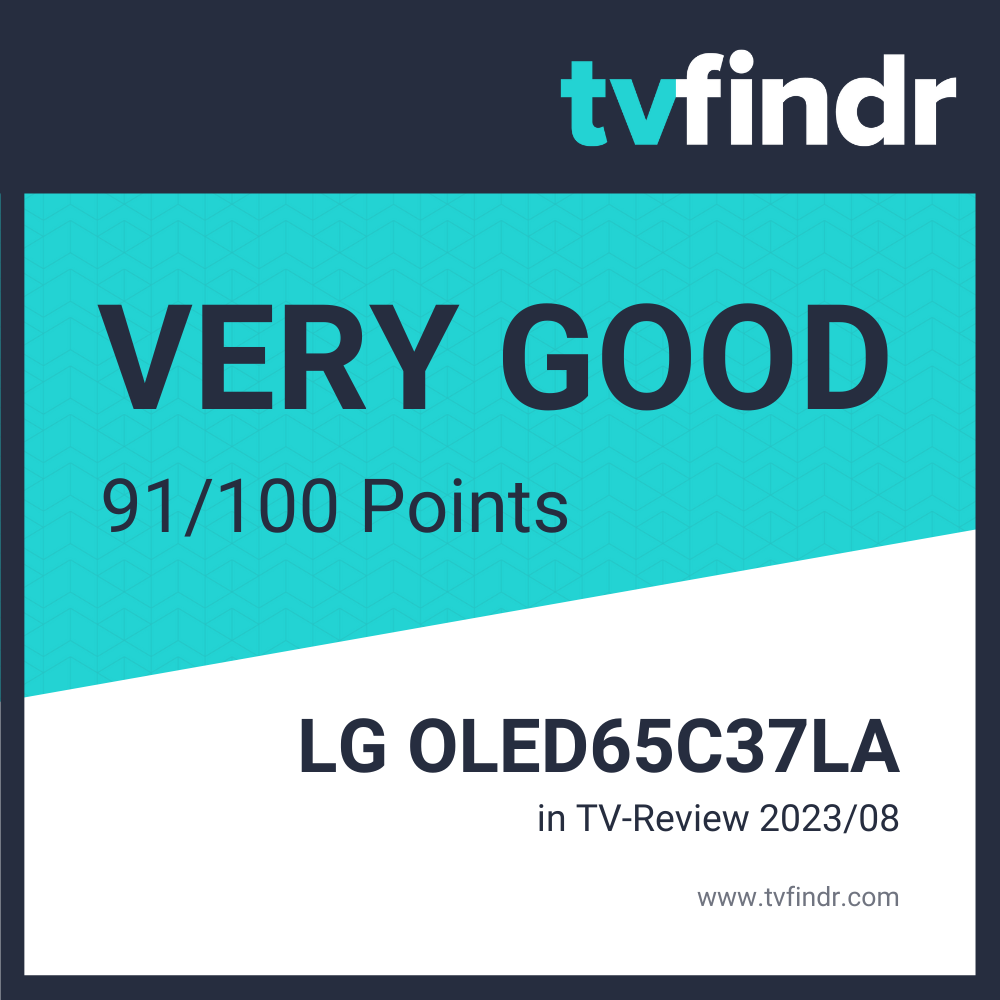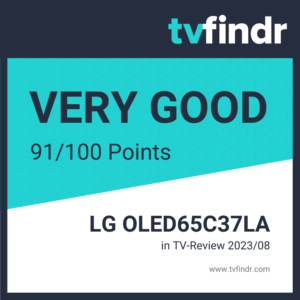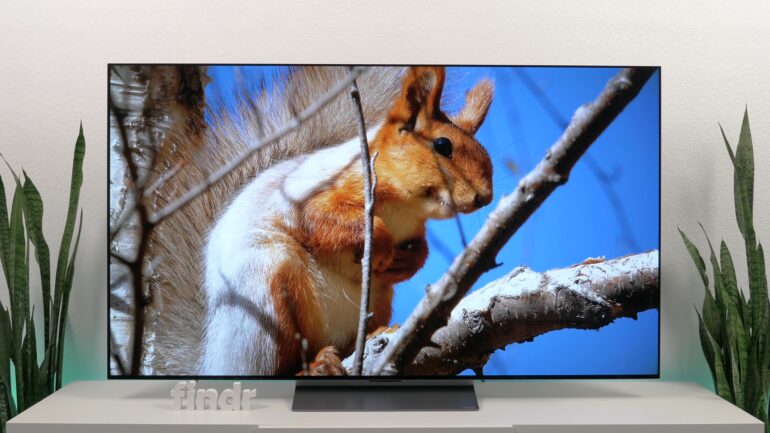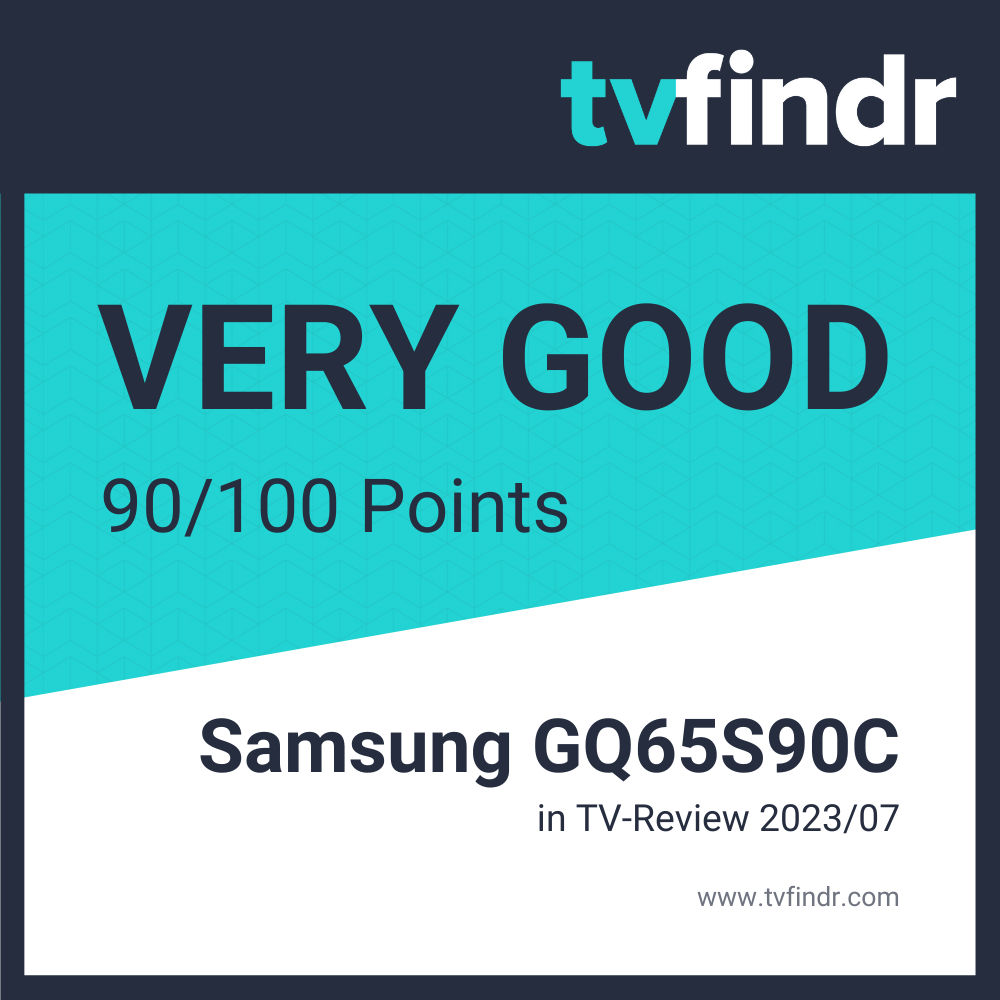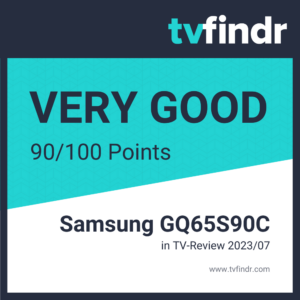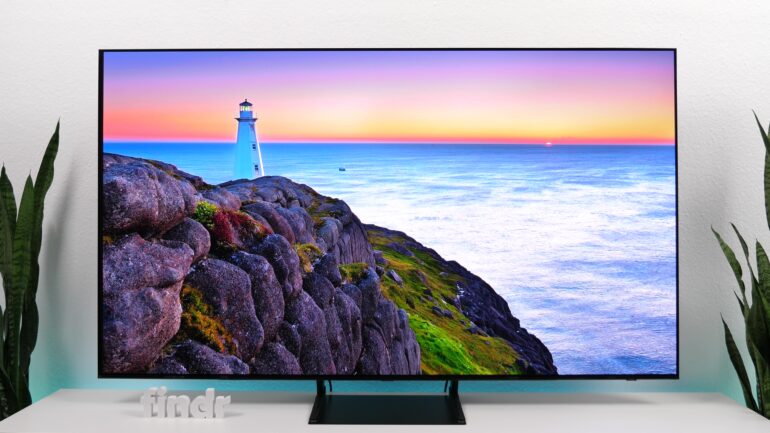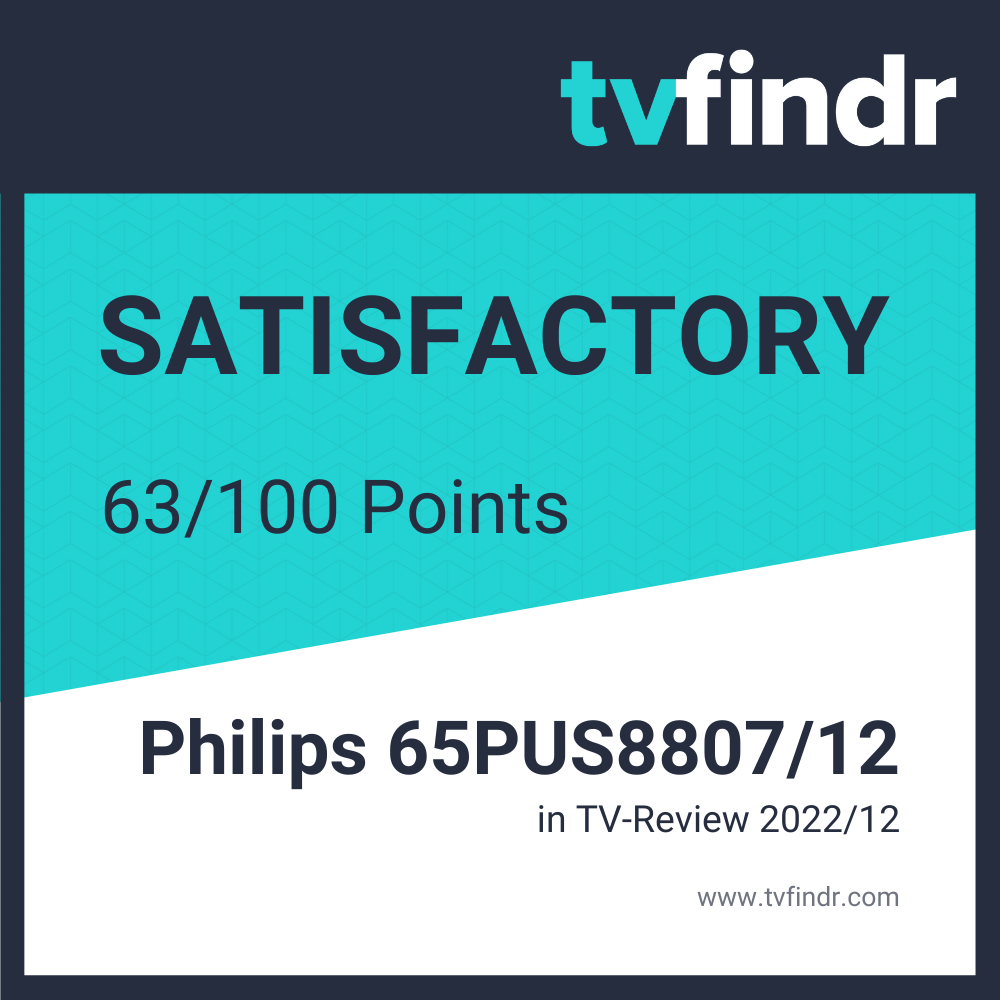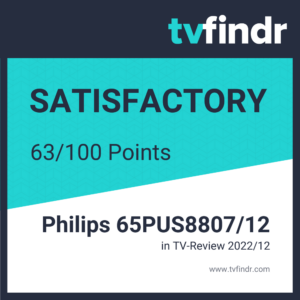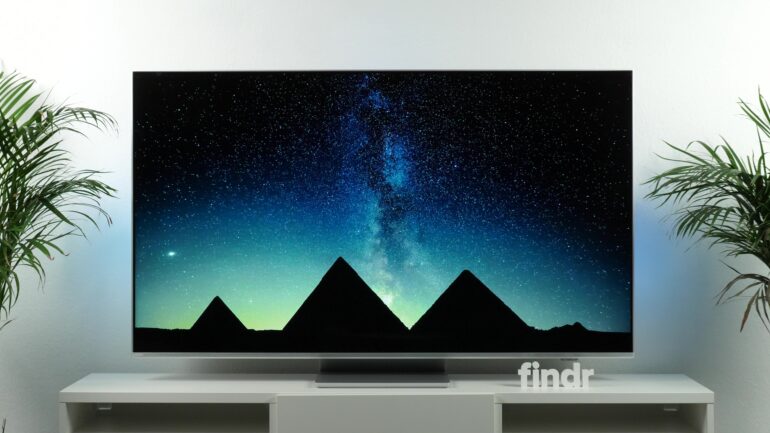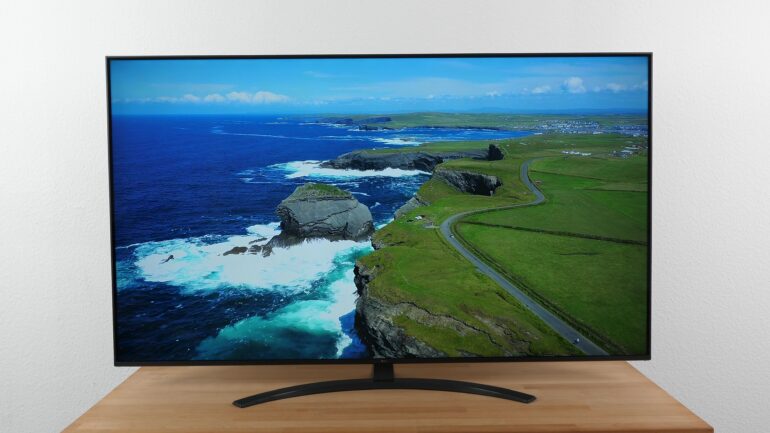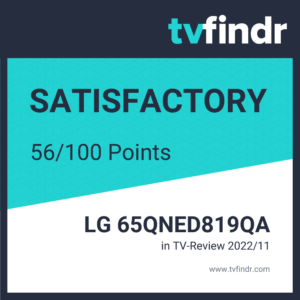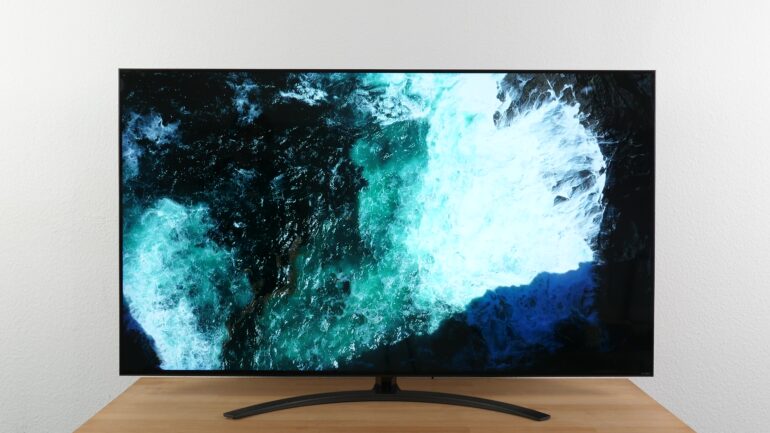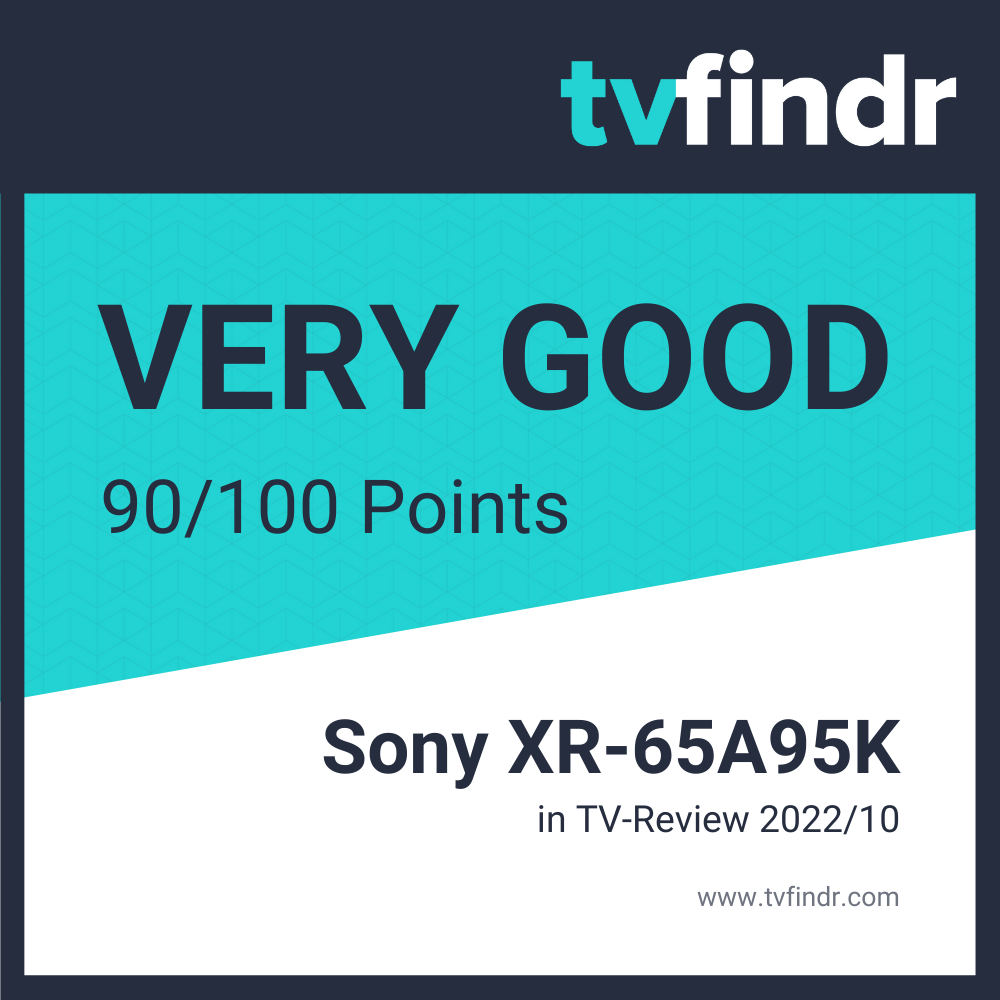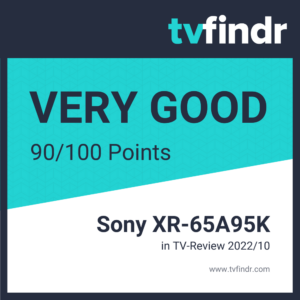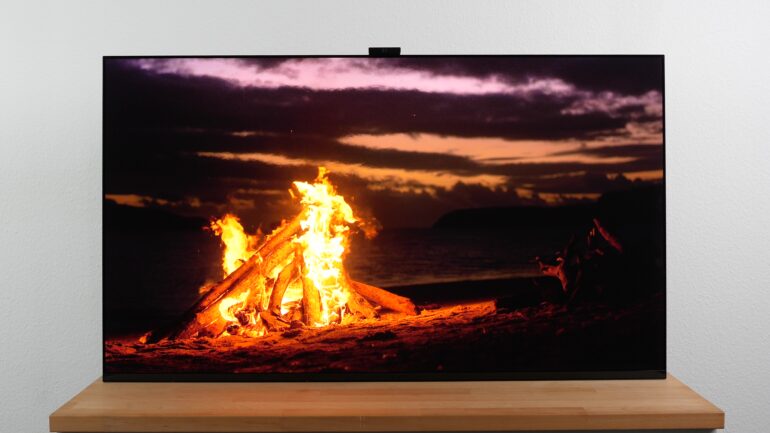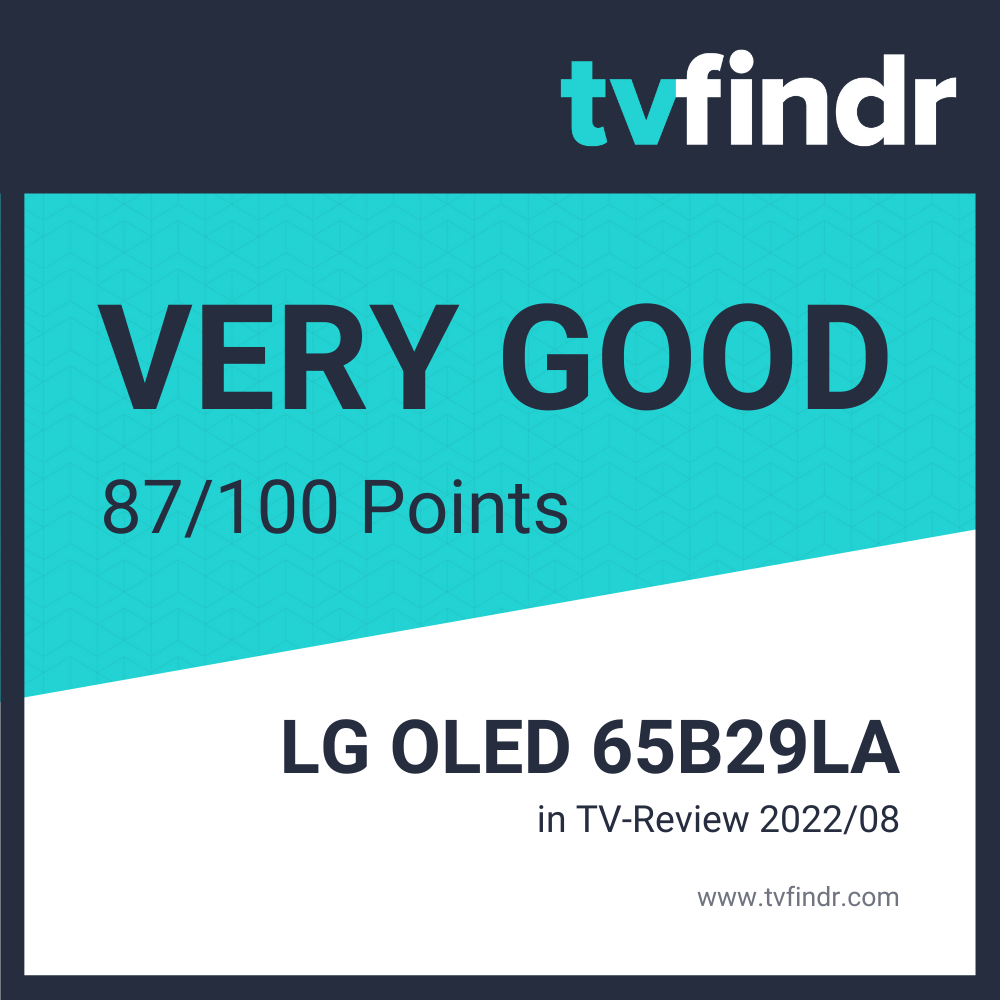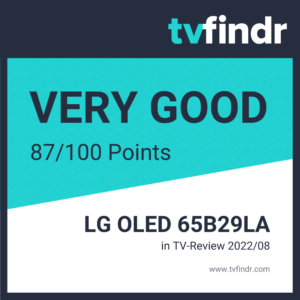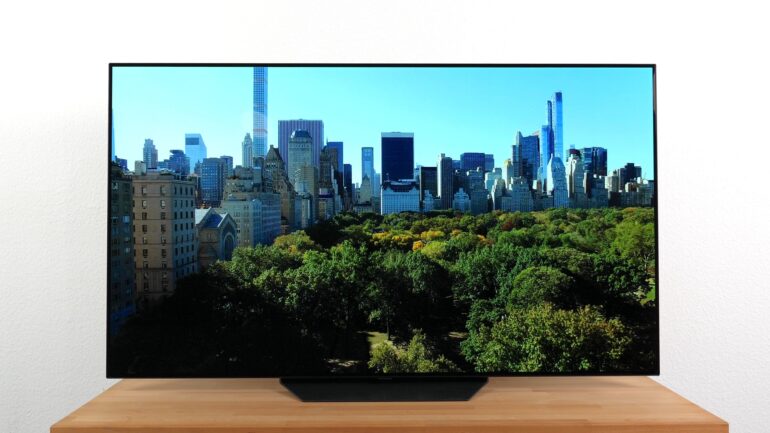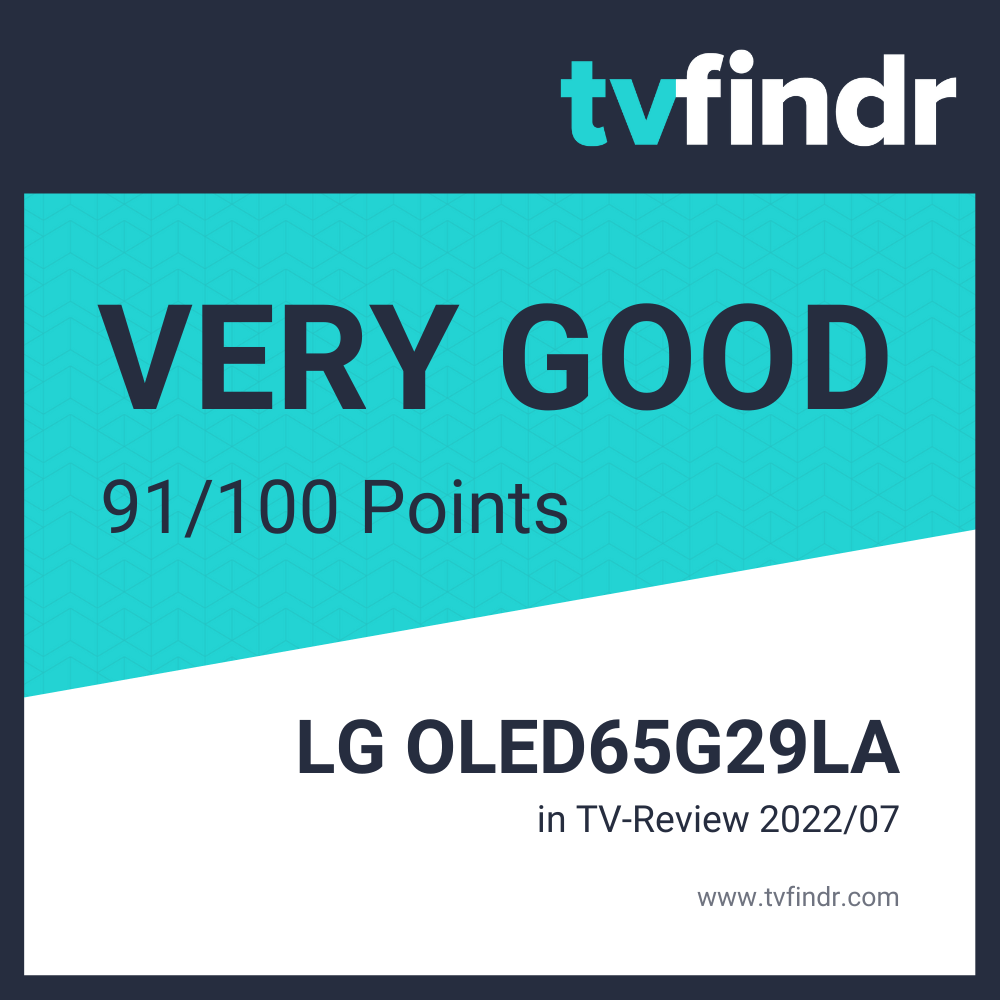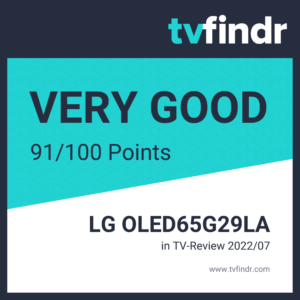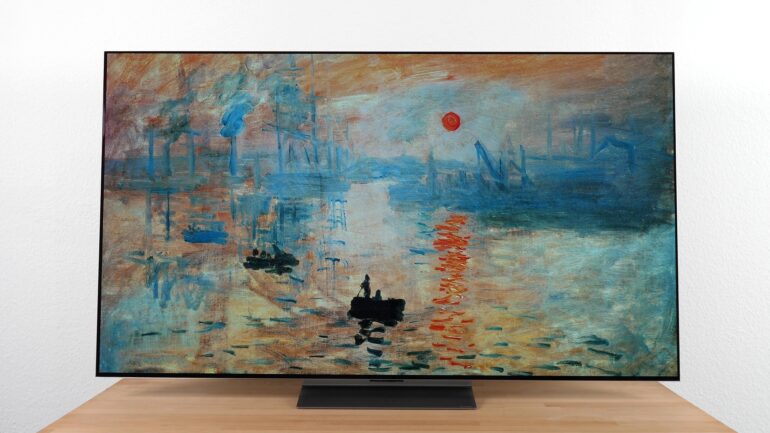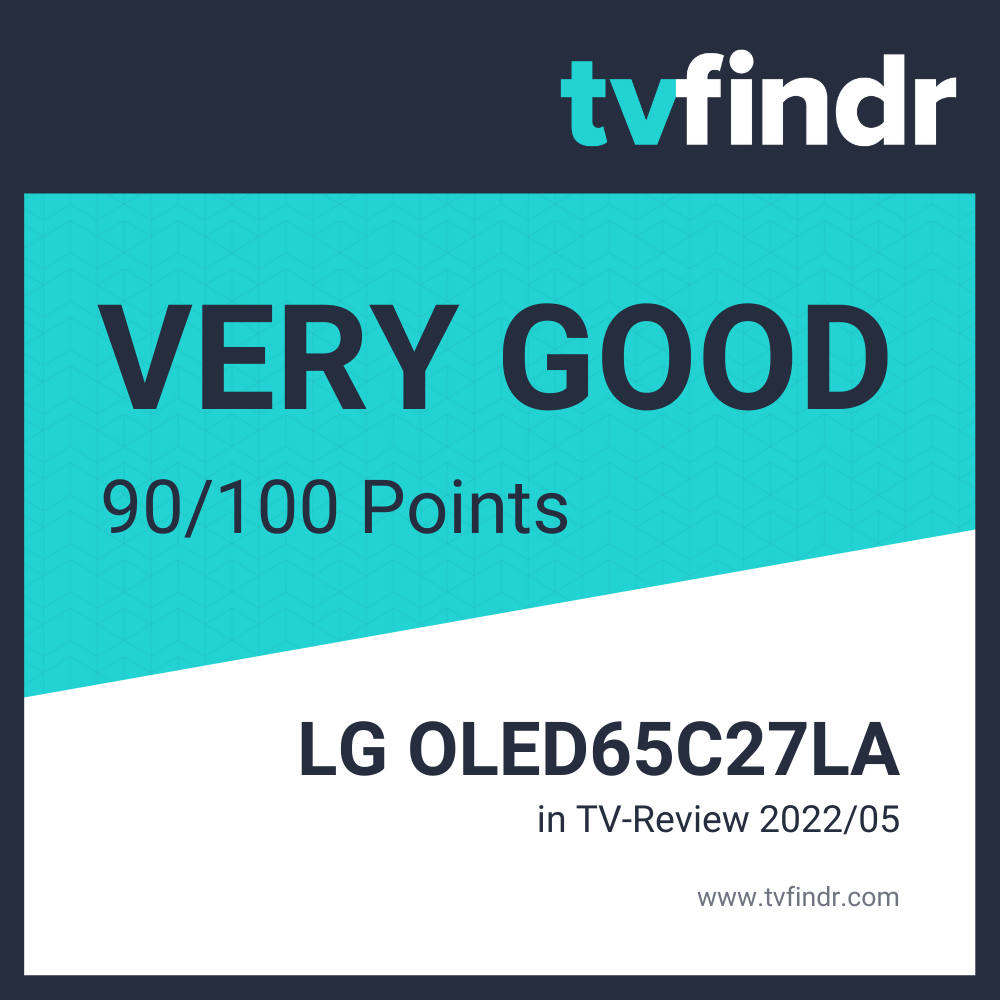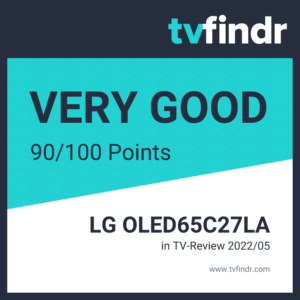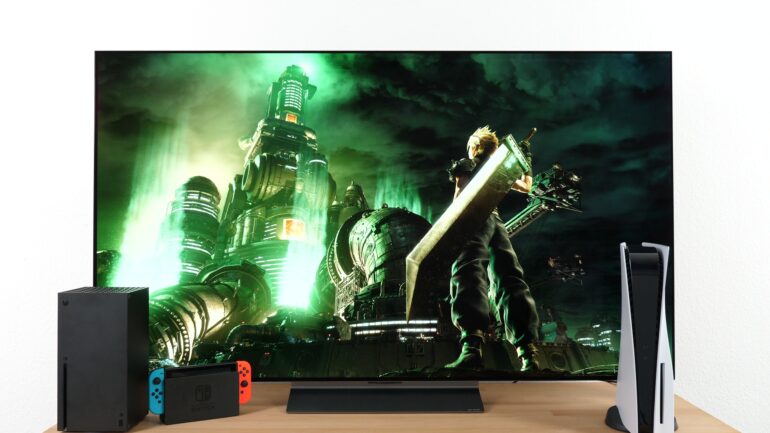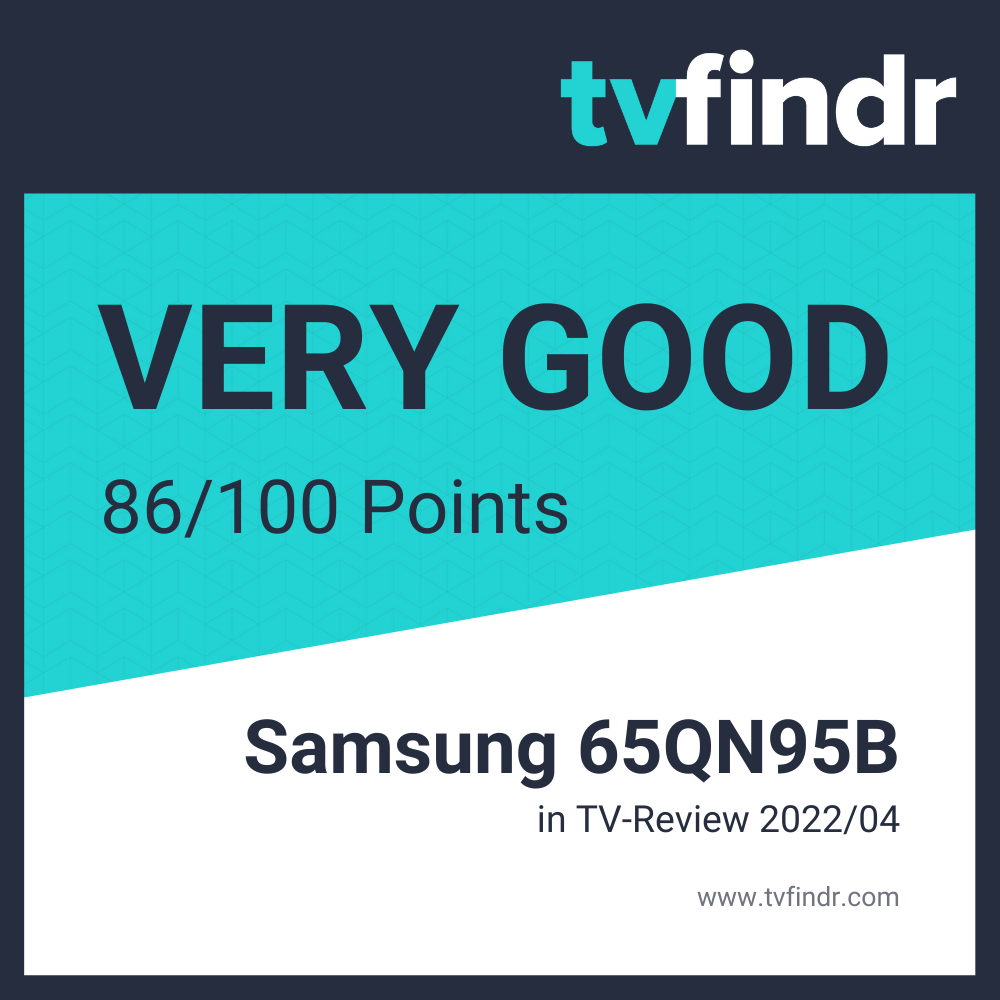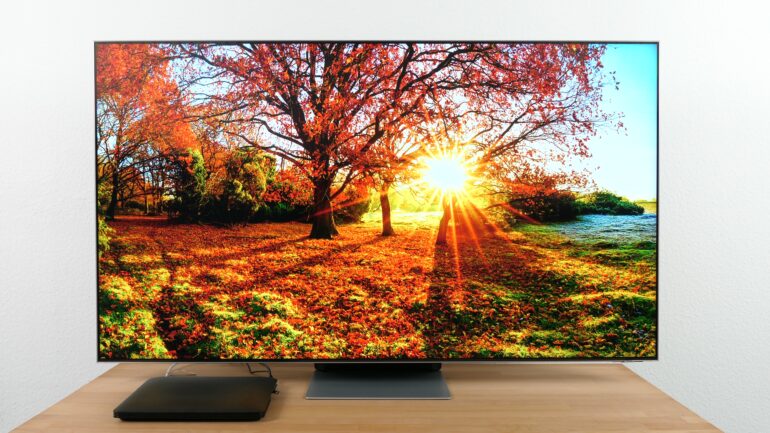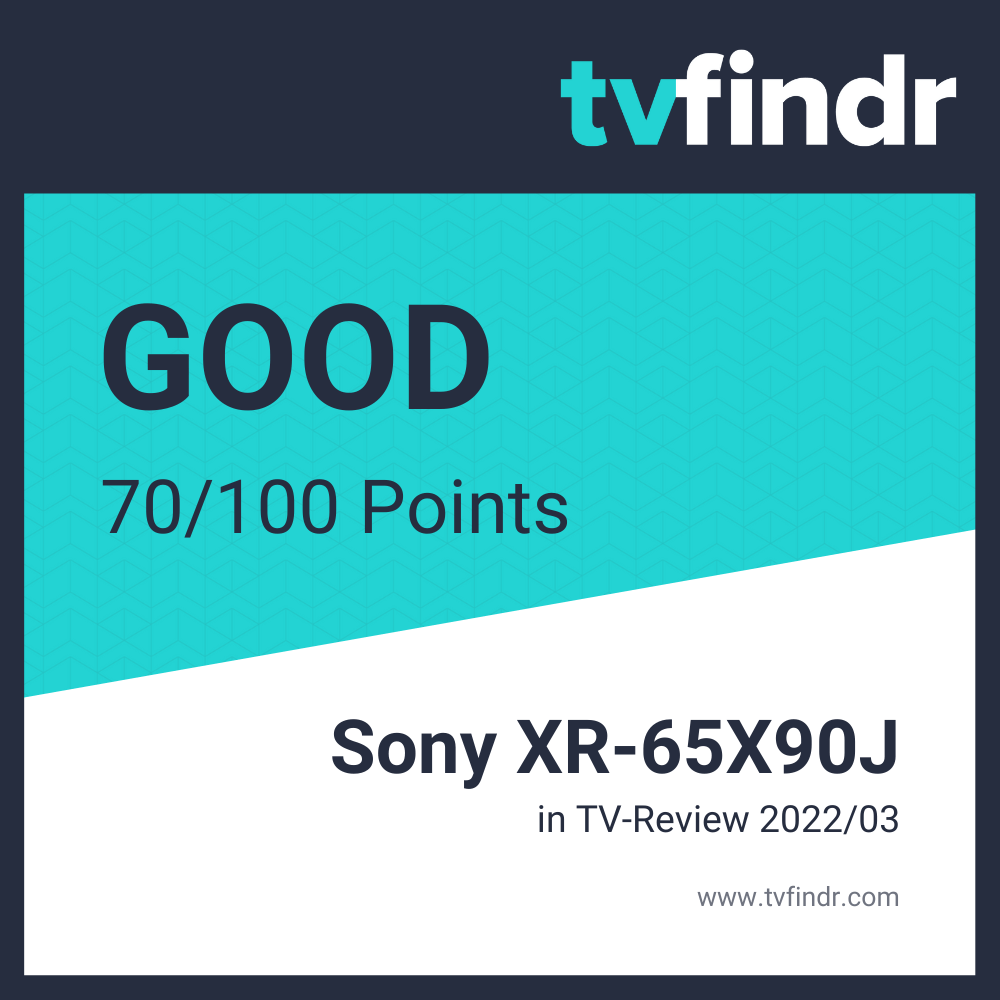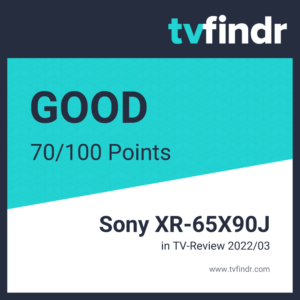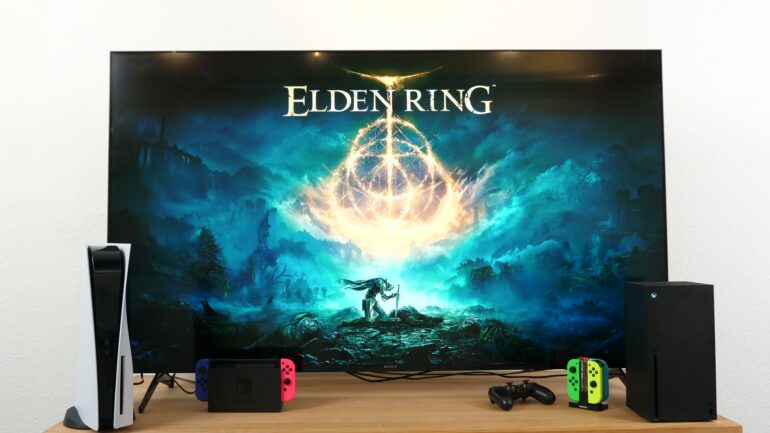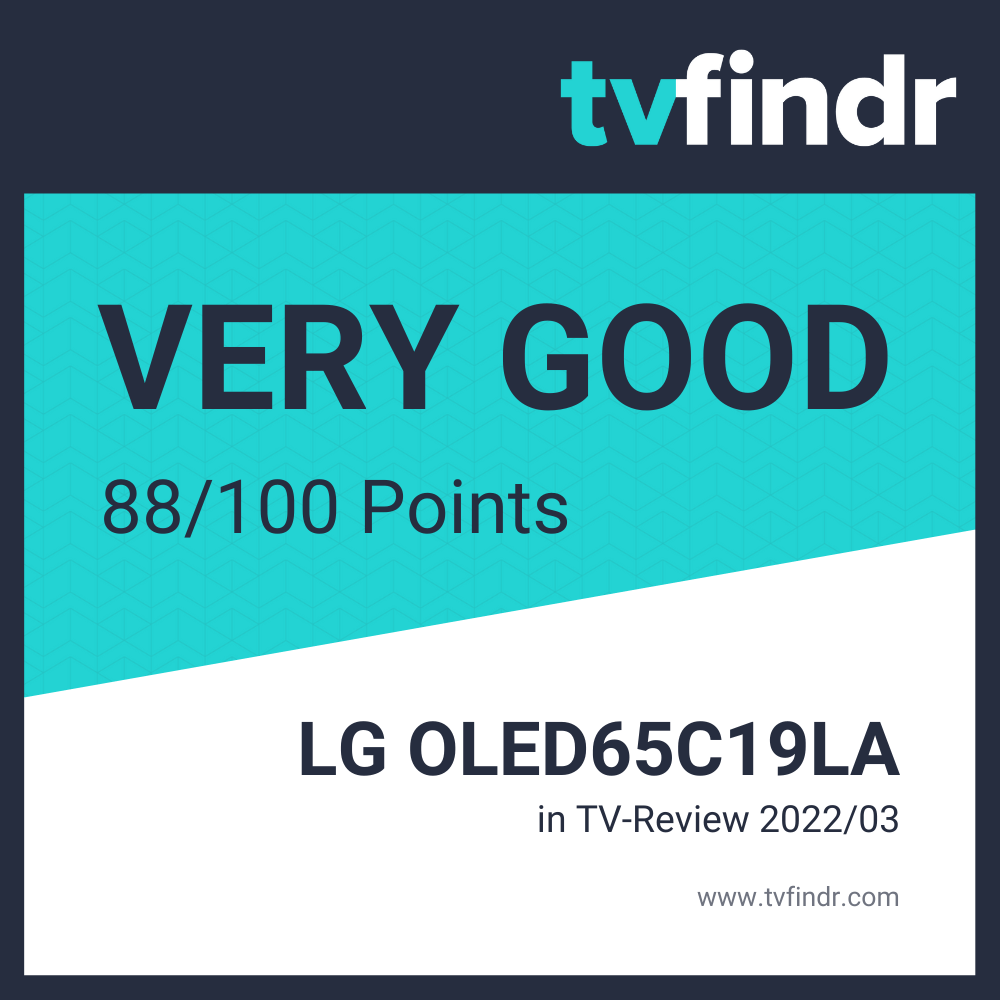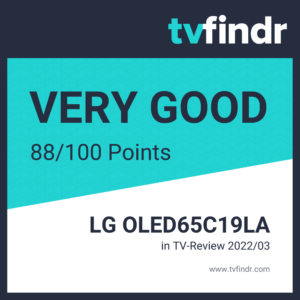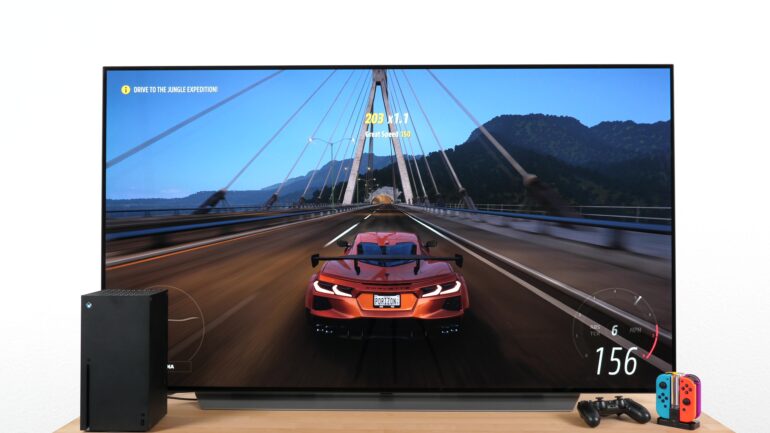- tvfindr is also available in other languages:
-
Deutsch
-
Nederlands
-
Français
-
Italiano
-
Español
tvfindr TV Reviews
All TV Reviewstvfindr News
More TV NewsLatest News & Trends
04/03/2024 – Samsung TVs: Philips Hue functionality is being expanded
Since last year, you no longer need an Ambilight TV to immerse the room in lighting that matches the TV picture. Philips has at least opened the first door to this by entering into a partnership with Samsung. Since then, you can use the Philips Hue Sync app to access the first official alternative to smart ambient lighting.
The range will be expanded this spring. Support will not only be extended to other EU countries, but other functions will also be added. These include the implementation of a music mode that is compatible with any source, including any app. The familiar SmartThings application for controlling smart home devices will also be integrated.
The subscription model has also been tweaked. Instead of paying a one-off fee of 129.99 euros for permanent use of the app, you can now opt for a monthly offer of 2.99 euros. Up to three Samsung televisions can then be operated with Hue if required.
03/27/2024 – LG unveils new plans for webOS upgrades
After a decade of a model-specific update policy, the South Korean TV manufacturer is finally giving in next year. In future, older TVs will also be equipped with the latest webOS revision – albeit with a delay of around 12 months. The company cites performance and stability optimization as the official reasons for the delay.
The so-called ReNew program will initially last for a period of five years and ensure that earlier model generations are also guaranteed to receive a software update. This year, webOS 23 will be rolled out to certain devices from the 2022 model year. Next year, 2023 TVs will also receive the latest version of the operating system.
Until now, LG has always refused to provide customers with the latest software version on older televisions. One problem here is ensuring performance. There is also a strategic sales decision behind this. In conjunction with the webOS 24 version, corresponding televisions receive Chromecast support as well as the updated user interface in full screen.
12/20/2023 – Upcoming Philips line-up without Google TV?
It has now been announced that TP Vision is planning to unveil its very own new user interface based on Linux at its launch event in January. A name already seems to have been decided as well. Branded as Titan OS, a successor to the company’s in-house operating system Saphi could make the licensing of Google TV no longer necessary in future.
In contrast to the previous solution, which was mainly used on the lower-performance models including Mini-LED TVs, the upcoming operating system could also make its way directly into the OLED segment. Furthermore, there have been rumors about a cooperation with the streaming platform Joyn, including a dedicated quick start button on the remote control. Perhaps even devices already equipped with the Saphi interface from previous years could receive a subsequent update.
12/13/2023 – LG Display scales down its portfolio
As Twice recently reported, LG Display recently confirmed to the electronics portal that it will be offering 32-, 34- and 39-inch OLED screens in 2024. Although the South Korean supplier also provides Samsung, Panasonic, Sony and Philips with the same technology in addition to the main company LG, none of these TV manufacturers currently offer self-illuminating screens below 42 inches. This gap could therefore be closed in the future and even smaller Smart TVs with this technology might be available. However, attractive price differences that can be passed on to consumers are a basic factor here.
11/30/2023 – VIDAA OS to support cloud gaming from Utomik soon
As the cloud gaming service Utomik recently announced, the company has entered on a partnership with the VIDAA operating system distributed by Hisense. As a result, Smart TVs by the Chinese brand and license holders of the user interface are expected to receive their own app with access to the game streaming service starting in 2024.
As soon as the service is available, owners of a compatible TV can create a user account right on the screen and try out the service free of charge for 14 days. Once this period is over, an active subscription is required. However, you should have a suitable controller ready. Smart TVs made by LG and Samsung already feature this option for quite some time.
11/22/2023 – Hisense: Further development of ULED X technology with a giant leap forward
As the Chinese electronics company has now announced, ULED X technology will be further expanded. A new Mini LED TV is already waiting to be launched. According to the manufacturer, it will have more than 40,000 dimming zones and achieve a peak brightness of 10,000 nits. This would literally pulverize the previous and impressive record of the Hisense UX.
As part of its TV portfolio, the brand released the aforementioned Mini LED TV this year. Its panel features 5000 dimming zones and a peak brightness of almost 3500 nits. Even high-end televisions from established TV manufacturers are outshone by this model. Although the device, called 110UX, will be officially unveiled at CES 2024, the company has not yet commented on the price or other possible sizes. It is also not yet clear whether this monster television will actually be launched on the market in 2024.
10/25/2023 – LG Display: Positive results announced for the current quarter
As reported by the news agency Reuters, the loss-making business at LG Display in recent quarters should soon report a return to the black. This was announced within the report by Chief Financial Officer Sung-hyun Kim. Thus the supply of panels is picking up again due to seasonal factors. About half of the annual production in the OLED sector – almost 28 million OLED screens for small to medium-sized devices – is expected to be allotted within the fourth quarter.
The main reason for the decline in sales were weak sales in the premium TV segment. In recent years, the demand for electronic products was generally not as strong due to high cost of living and an uncertain economic situation. As a result, not only did stocks remain at a high level, but the production of components for device manufacturers also decreased during this period.
tvfindr TV Comparison
Go to TV ComparisonTop5 TV comparisons
New TV comparisons
tvfindr Gaming
The best Gaming TVsGaming TV shopping checklist
- HDMI 2.1 for 4K@120Hz
- VRR for tearing-free gaming
- 120 Hz for smooth gameplay
- ALLM to keep the input lag low
- HDMI eARC for the right sound
- HDR10+ gaming for 10-bit color depth
- Dolby Vision Gaming for 12 bit color depth
- OLED panel for best black value
- 4K resolution – High details due to many pixels
- Burn-in on OLED TVs
- Hertz – The importance of the refresh rate
- High Dynamic Range – What is HDR?
- Micro LED – Display Tech of the Future?
- Mini LED: Just as good as OLED?
- SCART to HDMI – Old devices on new televisions
- TV ports explained – HDMI, USB, eARC & Co
- VA, IPS, OLED & Co
- Viewing angle – Which screen is best?
- What is the blooming effect on TV?
Games database: Which games have which technology? New
tvfindr Best List
Go to the best list… by size
… by type of use
tvfindr Magazine
tvfindr Magazinetvfindr Guides
Go to GuidesHow does tvfindr find the best TV for you?
Our mission: The team of tvfindr.com informs you regularly about the hottest and best TVs from LG, Samsung, Sony, Philips and Co. We explain the latest innovations from the core of the TV industry, rummage for the hottest deals for your wallet and offer you extensive buying advice. In the large knowledge section, we answer frequently asked questions and take you by the hand in numerous guides on the most important topics around television.
Want to know what the latest TV model can do?
We regularly put the latest TVs from well-known TV manufacturers under the microscope in our test lab and provide you with the corresponding review in the current TV reviews. We put the device through its paces, from workmanship and picture quality to gaming. In order to achieve the best picture performance, a panel calibration is of course a must. We use professional measuring devices and software for this.
Do you already have a model in mind?
Take a look at our Dealfindr. There we always summarize the best offers for you in a practical and clear way. With tvfindr, you'll never miss a bargain again. Paying expensive was yesterday!
Still looking for that "perfect" TV?
If you have problems with reflections, want to know how big the panel of your future TV should be or want to buy the device according to your viewing habits, our tv buying guide will be happy to help you find the right TV for YOU.
Still unsure about your choice?
In addition to buying advice, our TV comparisons are an excellent way to directly compare the features of two TVs. This way, you can see the essential differences at a glance. In addition to the specifications that we already offer you in this section, you also have the opportunity to make your own comparisons.
We also recommend visiting our tv best lists. There you will find an overview of the best OLED TVs, for example. If you do not have a large budget at the moment, you might be interested in the best TVs under $500.
Are you more the visual type?
We are also on the move for you on YouTube and, in addition to our tests of current models in video format, have numerous comparisons of popular TVs, help on the correct picture settings of the individual TV manufacturers and other information from the world of TVs ready.
